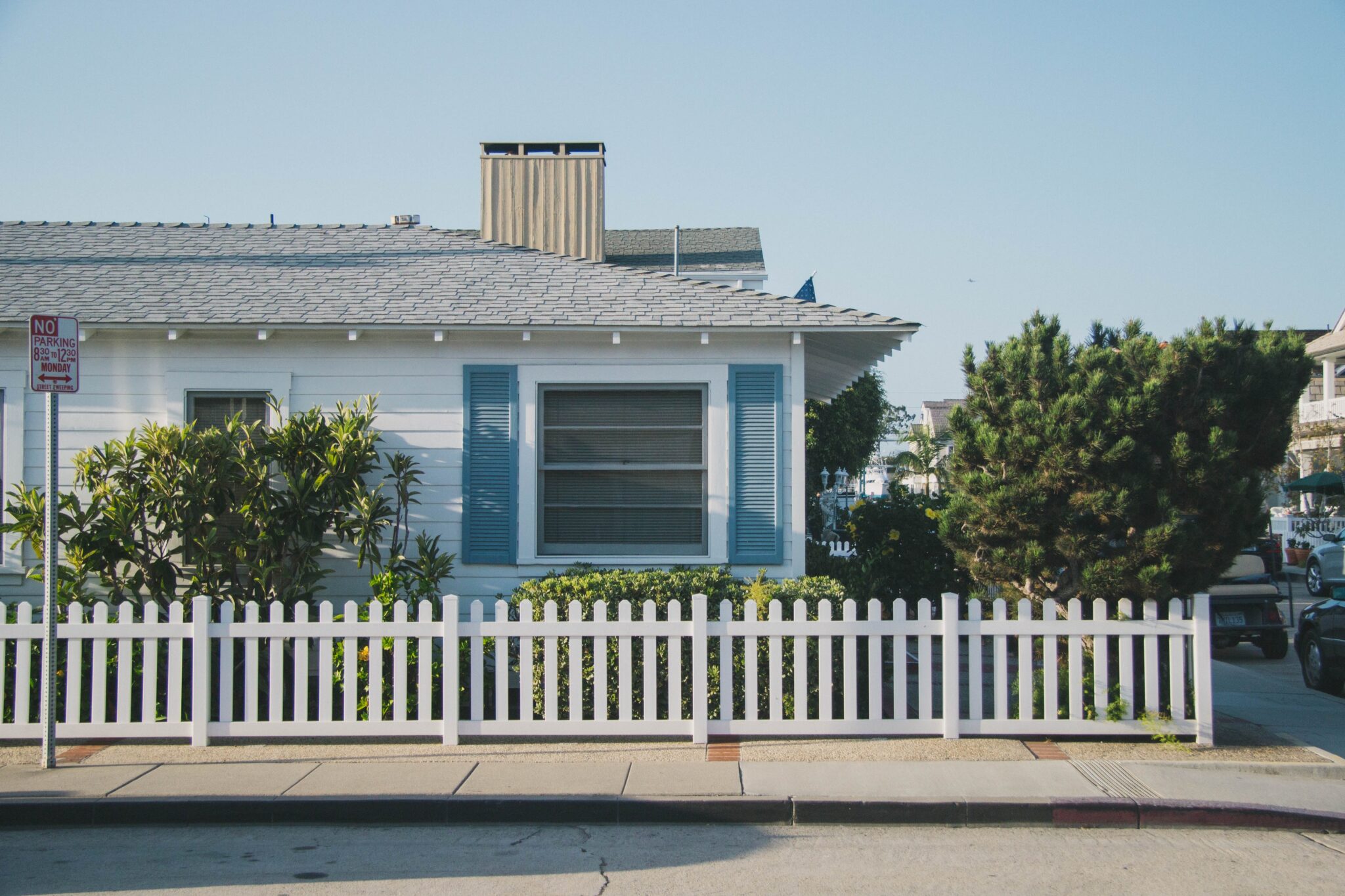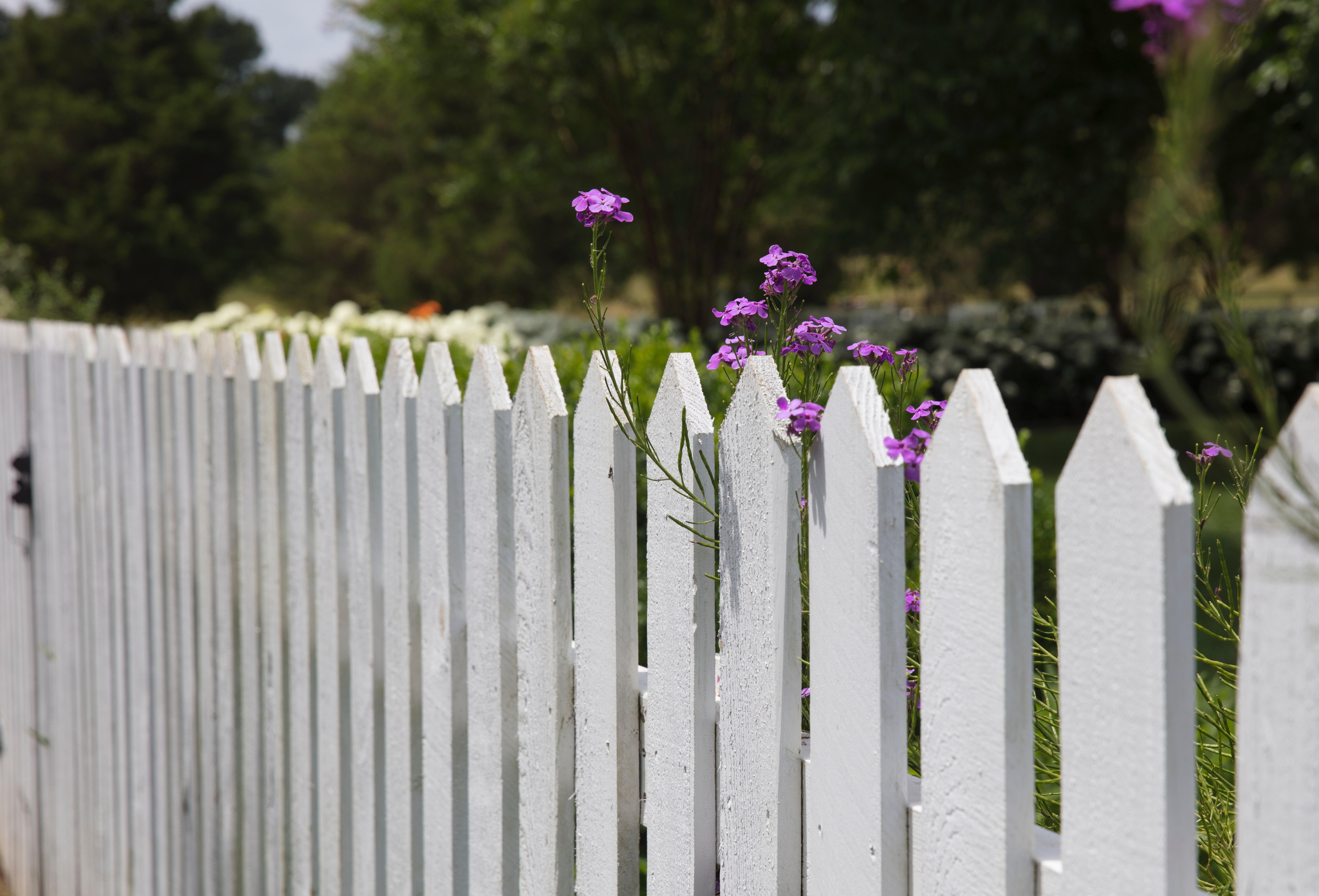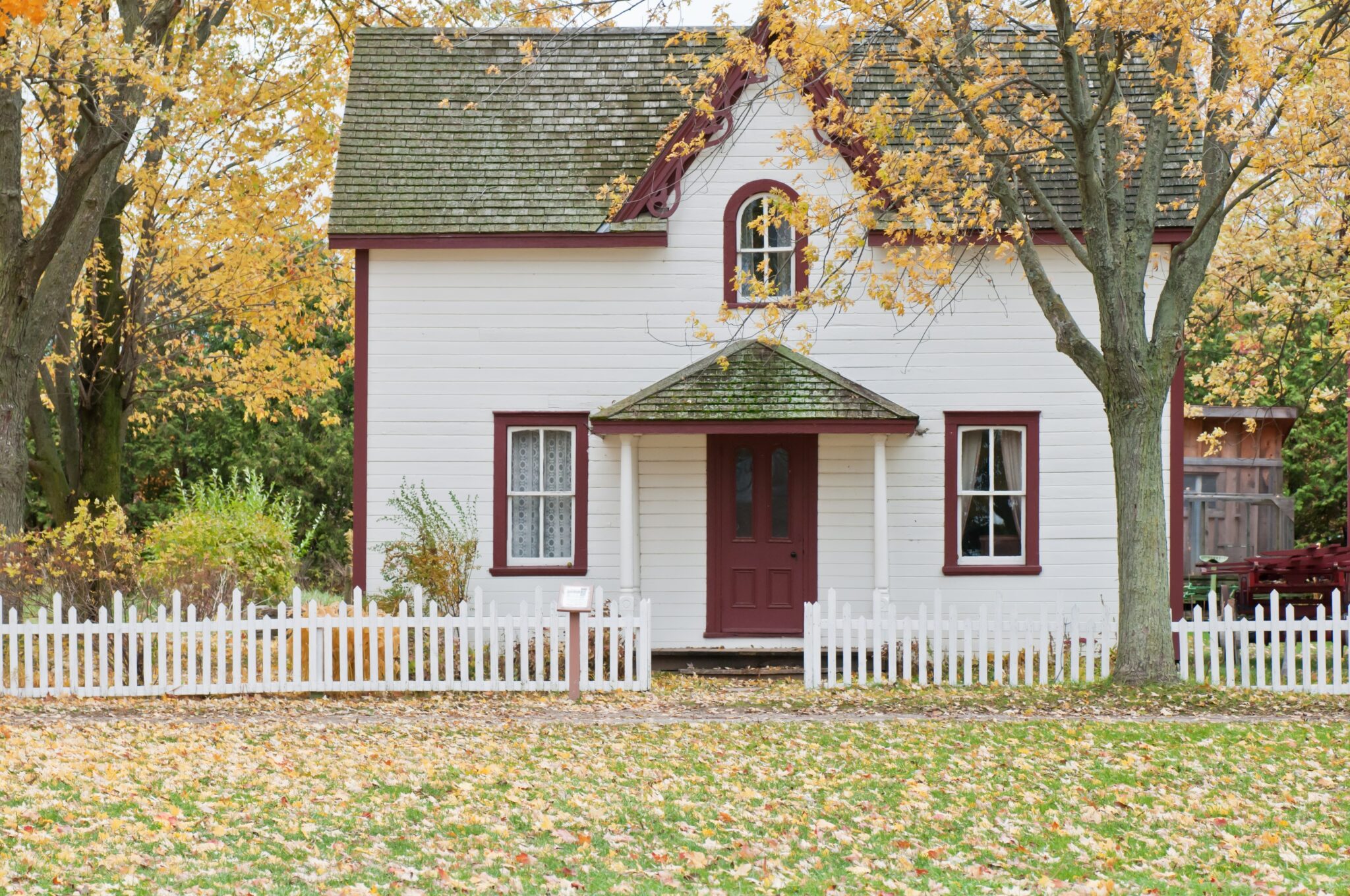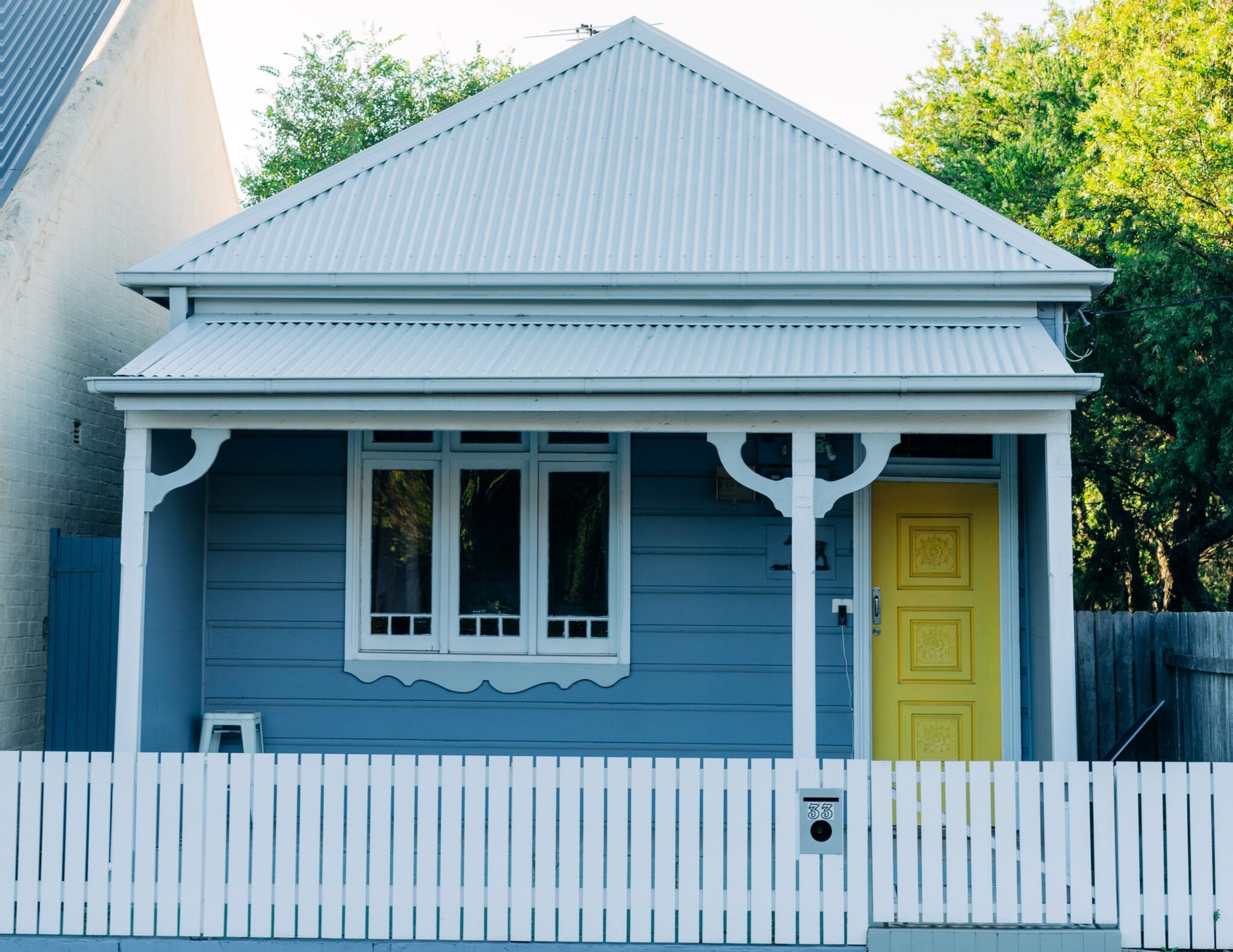
Putting a Fence Around Your Property: Laws and Permits Required in California
Whether you have recently purchased a home or have owned one for years, there are many reasons why you might want to add a fence to your property. Along with giving you and your family more privacy, a fence can also increase your home’s value. If you’d like to install a fence on your property, you’ll need to adhere to the California laws and permits associated with fence installation.
You may need to obtain a permit before you’re able to build a fence on your property. The height of your potential fence, the location of your property, and where on the property the fence is set to be built will determine if a permit is necessary. You can apply for the proper permits with the Los Angeles Department of Building and Safety. Once you have the right permits, you can start the installation process without the possibility that your work will be demolished for not being up to code.
While it shouldn’t be too challenging for you to add a fence to your property, there are a few problems that could arise with your neighborhoods and any nearby buildings that you should be aware of before you begin the installation process. The following examines the permits and laws that California requires property owners to abide by when adding a fence.

When Do You Need a Permit to Build a Fence?
If you live in California, there are laws on when a property owner must obtain a permit before building a fence on their property. As touched upon previously, the three primary factors that will determine your need for a permit include the location of your property, the height of the fence, and where on the property the fence is set to be installed.
If you currently live in an area that’s considered to be highly populated, it’s likely that you will be tasked with applying for a permit. On the other hand, farmers that live in a more rural location typically don’t need to apply for a permit when they want to construct a fence. In the event that you’re adding a relatively small privacy fence that’s less than six feet in height, you may be able to build the fence without needing to first obtain a permit.
Even if you believe that a permit is unnecessary for your fence installation, it’s still highly recommended that you ask the LADBS if a permit is needed before you start to install the fence. Once you’re certain that a permit isn’t necessary, you can begin construction without worrying about the possibility that a building inspector shuts down your project.

The California Good Neighbor Fence Law
Before you can build a fence in California, you should know about the California Good Neighbor Act, which is detailed in California Civil Code 841. This law focuses on the responsibilities and rights that people have when sharing a fence that’s situated on a boundary line.
When looking at this particular fence law, it’s important to understand that any individual who wants to replace a portion of a shared fence or perform maintenance on the fence will need to inform the surrounding property owners within 30 days of this work taking place. The reason that neighbors must be informed is because they will also be responsible for construction costs, possible replacement of the shared fence, and any maintenance costs.
If you would like to construct a new shared fence or replace an existing fence with a new one, you will be required to send a formal letter to any impacted homeowners. This is considered to be a good neighbor fence letter and must be outfitted with:
- A detailed explanation of why you want to build, replace, or fix a fence
- A solution that details why your actions will result in the issue being corrected
- An estimated timeline on how long the installation, replacement, or repair will take
- A blank space where signatures can be made
Fence Height and Permits
Before you start construction on your fence, you should know that there are several restrictions you must adhere to during construction. When taking the California Building Code into account, permits aren’t required for fences that are lower than seven feet tall. Keep in mind that local laws can supersede state laws in regards to fence construction guidelines. Even if you don’t need to obtain a permit when building a fence, this doesn’t mean that you have full control over how the fence is designed or placed.
Make sure that you read through local laws or homeowners association guidelines before installing the fence to determine that everything’s in order. In most cases, a fence in your front yard can’t reach a height of more than four feet. On the other hand, a fence in your backyard can’t be more than six feet tall.

Obtaining Permits and Starting the Installation
Now that you understand more about why permits may be needed for a fence installation project, you should get started on obtaining the necessary permits and beginning the lengthy installation process. As mentioned earlier, you can apply for the permit you require to build a fence by submitting the necessary application at the Los Angeles Department of Building and Safety. Before installation begins, make sure that you:
- Ask the LADBS or local city hall if a permit is needed for your fence installation project
- Pay the necessary fees when submitting your applications
- Consider sketching a plan of the fence
- Provide written consent from neighbors and photos of the construction area to the LADBS
- Consider having a surveyor look at your property to determine where the boundary lines are
- Identify where the underground power, gas, and water lines are located before any digging takes place
In the event that your application is officially accepted by the LADBS, there is still some work to do. For instance, certain municipalities provide a comprehensive list of inspections that will need to be conducted while the installation process is ongoing. If you happen to pass every inspection that takes place during construction, you will likely be required to go through a final inspection once the work is finished, after which you should receive a seal of approval from the government that states that you’re fence meets the necessary guidelines and adheres to local building code.
Keep in mind that the only type of permit you likely require for this project is a standard building permit since work isn’t being done to the mechanical, plumbing, or electrical systems around your home. Make sure that local building codes in Los Angeles are on your mind at all times when you design the fence.
For instance, a fence that’s at least six feet tall usually needs to be set at 15 feet or more away from the street. If the fence was closer to the edge of the property, your immediate next door neighbor may find it difficult to view the street when leaving their driveway, which increases the possibility of an accident.

FAQ About California Fence Laws & Fence Disputes
There are numerous questions that homeowners tend to have when building a shared or private fence on their property. Whether you have a question about the legitimacy of your property lines or what your rights are when building a fence, you should know the answer to the question you have before the installation process starts. The following answers two of the most frequently asked questions about disputes and fence laws in California.
Does Home Insurance Cover the Repair and Replacement Costs for My Fence?
In the majority of situations, your home insurance policy will cover your fence since these are typically considered to be “other structures”. These structures are usually covered by insurance providers at around 10% of your total home coverage amount. Let’s say that your home has $400,000 in insurance. In this scenario, your fence has $40,000 in coverage for replacement or repair costs.
However, most insurance providers will still only pay a percentage of your shared fence costs, which is why it’s important to obtain the signature from the other property owner as well as details about their responsibility and ownership amount. A poorly constructed fence could lead to disputes with your neighbors, which could be costly to remedy.

Under What Circumstances are Adjoining Landowners Not Required to Pay for Fence Costs?
If you want to construct a new fence, doing so will cost you around $1,667-$4,075. If your fence is set to be shared between yourself and another landowner, both owners will need to equitably share all costs associated with maintaining, replacement, or constructing the fence. There are a couple of clauses that keep one owner from being required to share costs. These clauses state that an owner can avoid sharing the total costs of fence replacement or repair by:
- Showing that the fence expenses are excessive
- Proving that the neighbor’s fence doesn’t benefit them
- Showing that their current financial situation doesn’t allow them to afford an equal share of the fence replacement or installation costs
Building a fence in your yard is an effective method for increasing privacy and bolstering the value of your home. Because of existing laws in California, you may be required to obtain a permit before you’re able to have a new fence installed. Make sure that you contact the LADBS to determine if you must apply for a permit for your project.

Jason Somers, President & Founder of Crest Real Estate
With over 15 years of professional experience in the Los Angeles luxury real estate market, Jason Somers has the background, judgement and track record to provide an unparalleled level of real estate services. His widespread knowledge helps clients identify and acquire income producing properties and value-ad development opportunities.
Learn more about Jason Somers or contact us.



